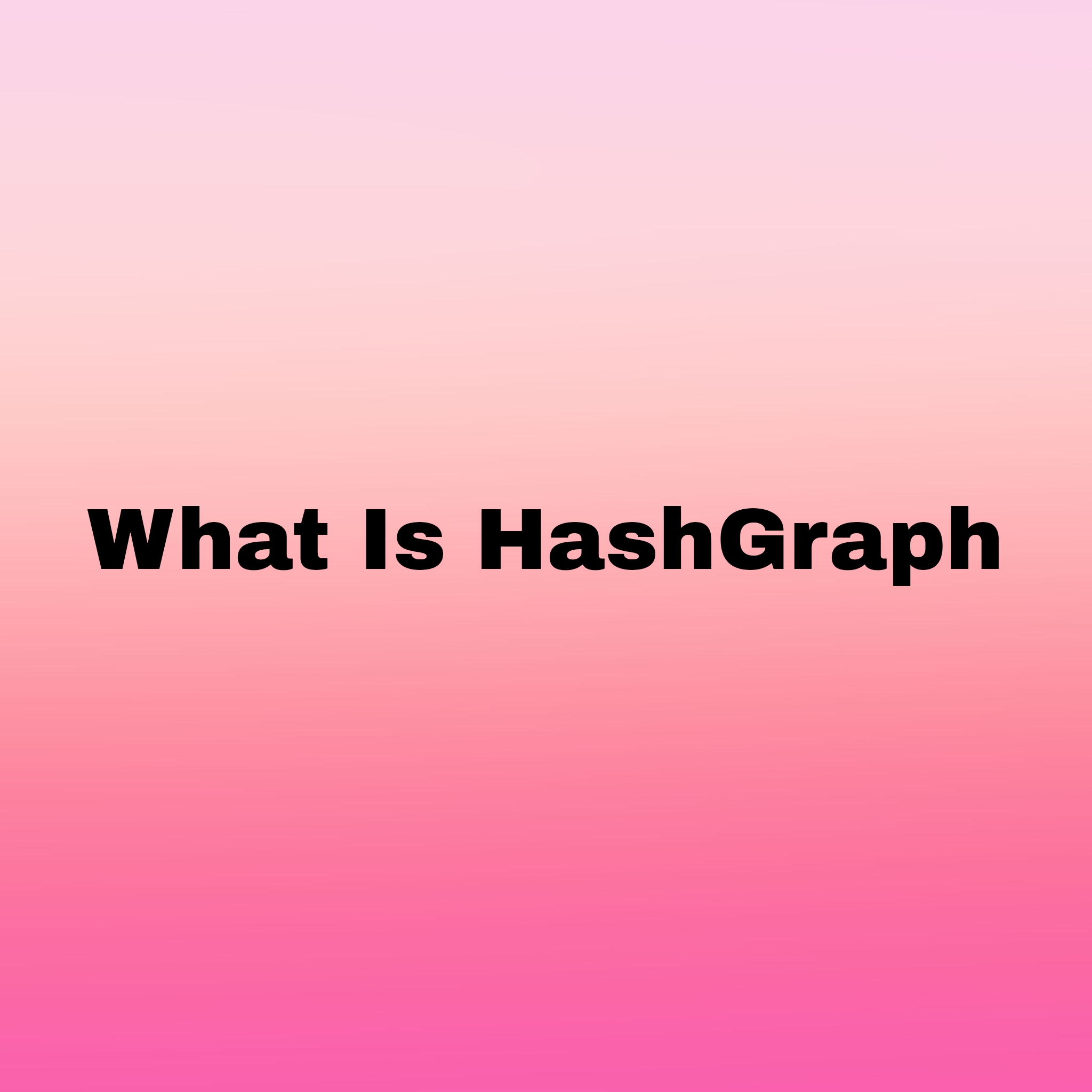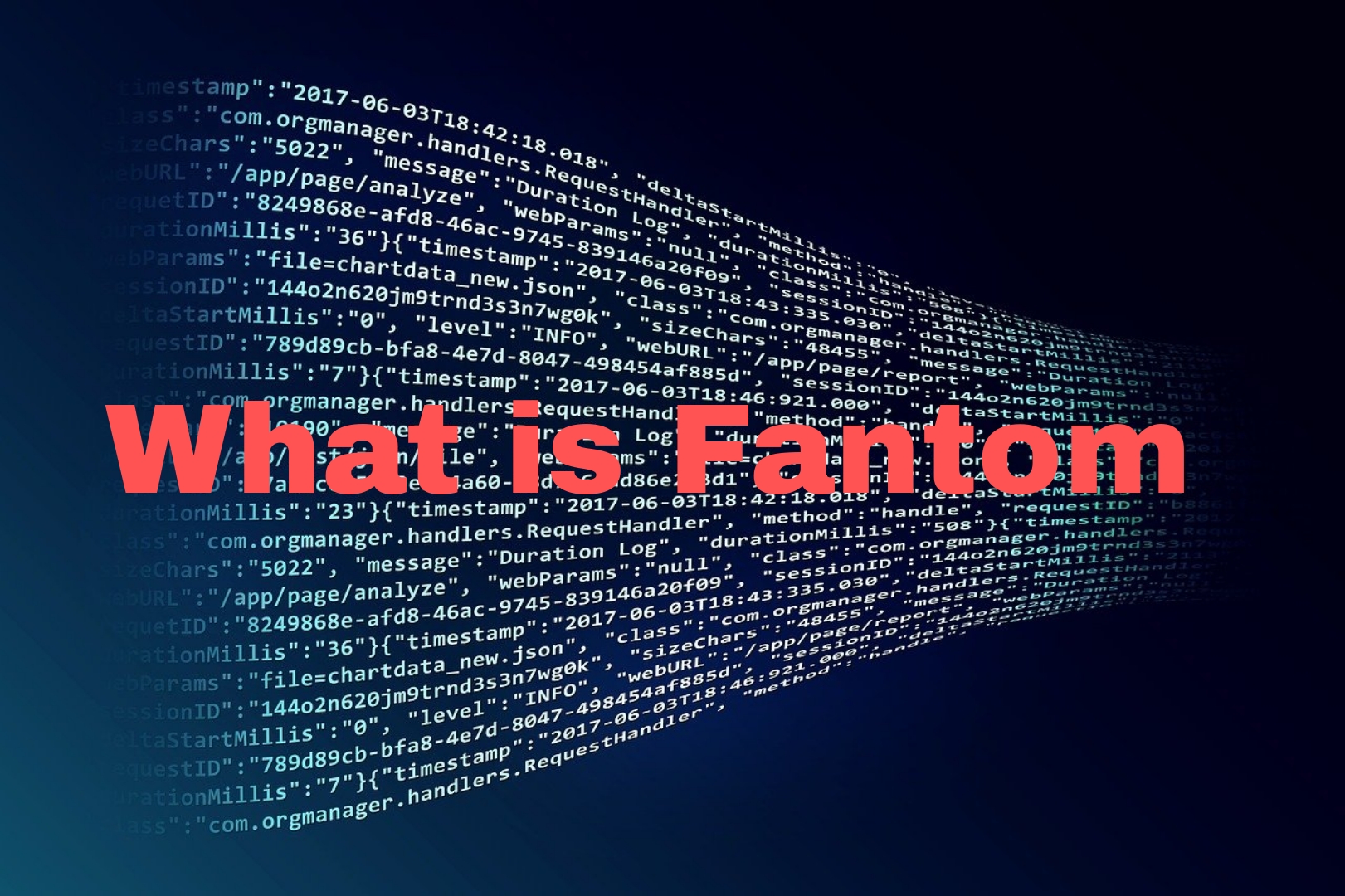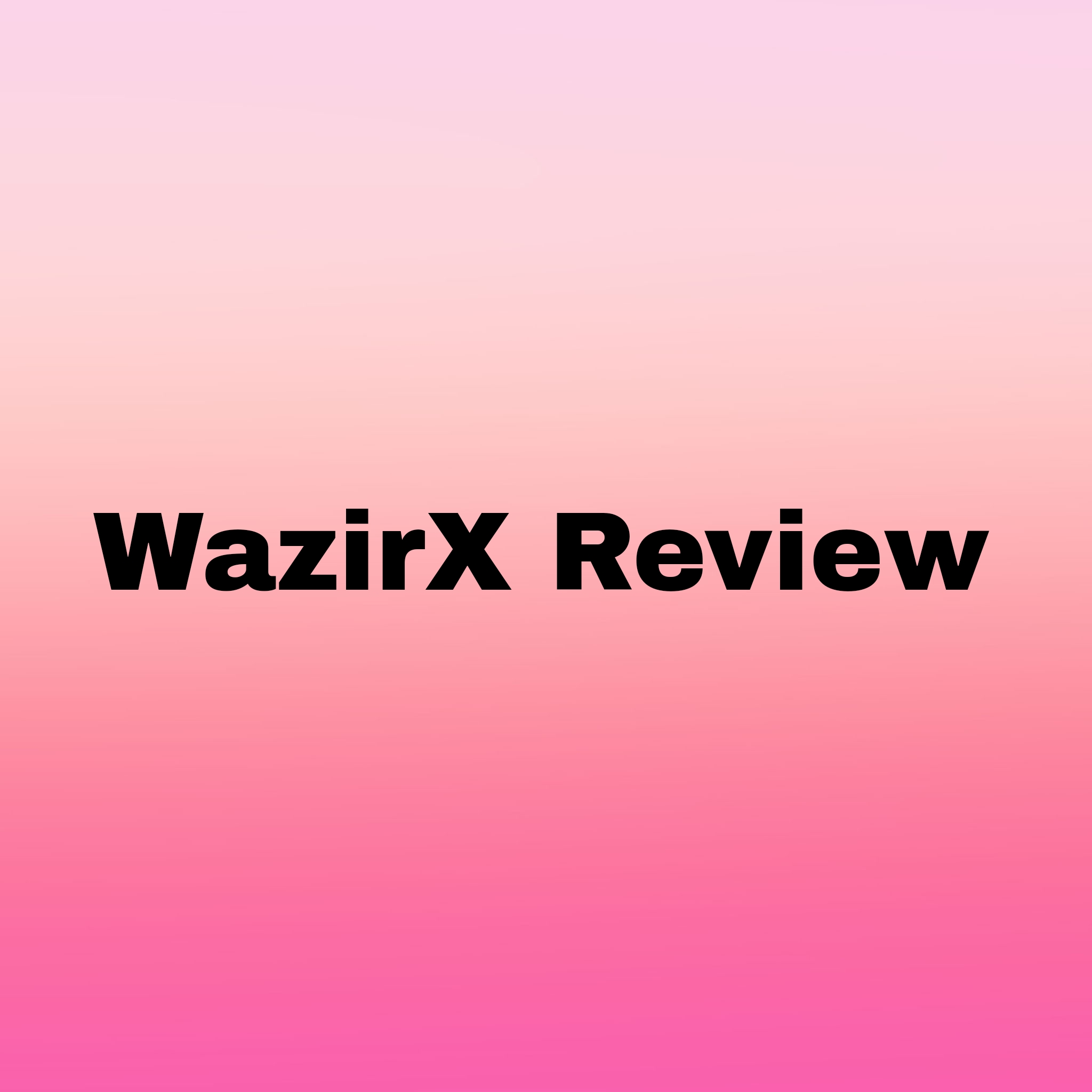
Share this
What is a hash graph?
Hedera Hashgraph is a publicly available distributed ledger technology (DLT) that uses a new consistent algorithm to achieve a high level of security, scalability and efficiency. The technology was developed by Hedera Hashgraph LLC, a company founded in 2017 by Dr. Lemon Baird and Mance Harmon.
A hashgraph is a data structure and consensus algorithm that provides a new way to achieve distributed consensus. Unlike blockchain, which relies on blockchain to store and verify transactions, Hashgraph uses a directed acyclic graph (DAG) to store and verify transactions. This allows Hashgraph to achieve higher levels of efficiency and scalability than blockchain.
Part 1: Hashgraph Preview :-
Hashgraph is a distributed ledger technology designed to provide a high level of security, scalability and efficiency. It uses a new consensus algorithm called Hashgraph consensus algorithm, which is based on the gossip protocol. Hashgraph algorithm is designed to achieve consensus in a fair, fast and secure way.
The technology uses DAG to store and verify transactions. During one day, transactions are represented as nodes, and edges represent relationships between transactions. Each node in the DAG represents a transaction, and each edge represents a causal relationship between two transactions.
Hashgraph also uses a virtual voting algorithm to achieve consensus. In this algorithm, nodes in the network interact with each other and exchange information about transactions. The nodes then vote on the order in which transactions should be added per day.
Part 2: How the Hashgraph Works
A hashgraph is a consensus algorithm that uses the gossip protocol to achieve distributed consensus. In this protocol, nodes in the network interact with each other and exchange information about transactions. The nodes then vote on the order in which transactions should be added per day.
Hashgraph’s consensus algorithm uses a virtual voting algorithm to achieve consensus. In this algorithm, nodes in the network interact with each other and exchange information about transactions. The nodes then vote on the order in which transactions should be added per day.
The voting algorithm is designed to be fast and efficient. Nodes in the network vote on the order in which transactions should be added per day, and the order is determined by the median of votes. This means that the order of transactions is determined by the majority of nodes in the network, which makes the system very resistant to attacks.
Hashgraph is also designed with a high degree of scalability. The technology is capable of processing thousands of transactions per second, which makes it well suited for use cases requiring high throughput.
Part 3: Advantages of Hashgraph
Hashgraph offers a number of advantages over traditional distributed ledger technologies. One of the main advantages of Hashgraph is its evolution. The technology is capable of processing thousands of transactions per second, which makes it well suited for use cases requiring high throughput.
Hashgraph also offers a high level of security. The technology uses a virtual voting algorithm to achieve consensus, which makes it very resistant to attacks. The algorithm ensures that the order of transactions is determined by the majority of nodes in the network, which makes it difficult for attackers to manipulate the system.
Another advantage of Hashgraph is its efficiency. The technology is designed to be fast and efficient, which makes it well suited for use cases requiring real-time data processing.
Part 4: Hashgraph Use Cases
Hashgraph has a wide range of potential use cases in various industries due to its high level of security, scalability and efficiency. Here are some of the main uses of Hashgraph:
1.Financial Services: Hashgraph could be used in the financial industry to process large volumes of transactions in real time, which would be useful for payment processing and other financial applications. This technology can also be used for identity management, providing secure and efficient verification of customer identification data.
2.Digital Identity: Hashgraph can be used to create a secure and decentralized digital identity management platform. This technology can be used to provide secure and effective verification of users’ identity, which can be useful for a wide range of applications, including e-commerce, financial services and social networks.
3.Decentralized Applications (dApps): Hashgraph can be used to create a secure and efficient platform for creating decentralized applications. This technology can be used to provide real-time data processing and exchange, as well as to create smart contracts and other decentralized applications.
4.Healthcare: Hashgraph can be used in healthcare for safe and efficient storage and exchange of patient data. This technology can be used to create a secure and efficient platform for the exchange of medical records and other confidential medical information.
5.Internet of Things (IoT): Hashgraph can be used in the Internet of Things industry to create a secure and efficient platform for managing and analyzing data from connected devices. This technology can be used to facilitate the processing, analysis and exchange of data in real time.
6.Games: Hashgraph can be used in the gaming industry to create safe and effective gaming platforms. This technology can be used to facilitate real-time gameplay, including multiplayer games and virtual reality games.
7.Supply Chain Management: Hashgraph can be used to track products as they move through the supply chain, which will help increase transparency and reduce fraud. This technology can also be used to facilitate supply tracking and inventory management in real time.
Overall, Hashgraph has the potential to transform a wide range of industries by providing secure and efficient data processing and sharing. As the technology continues to evolve and evolve, we can expect even more innovative use cases to emerge.




